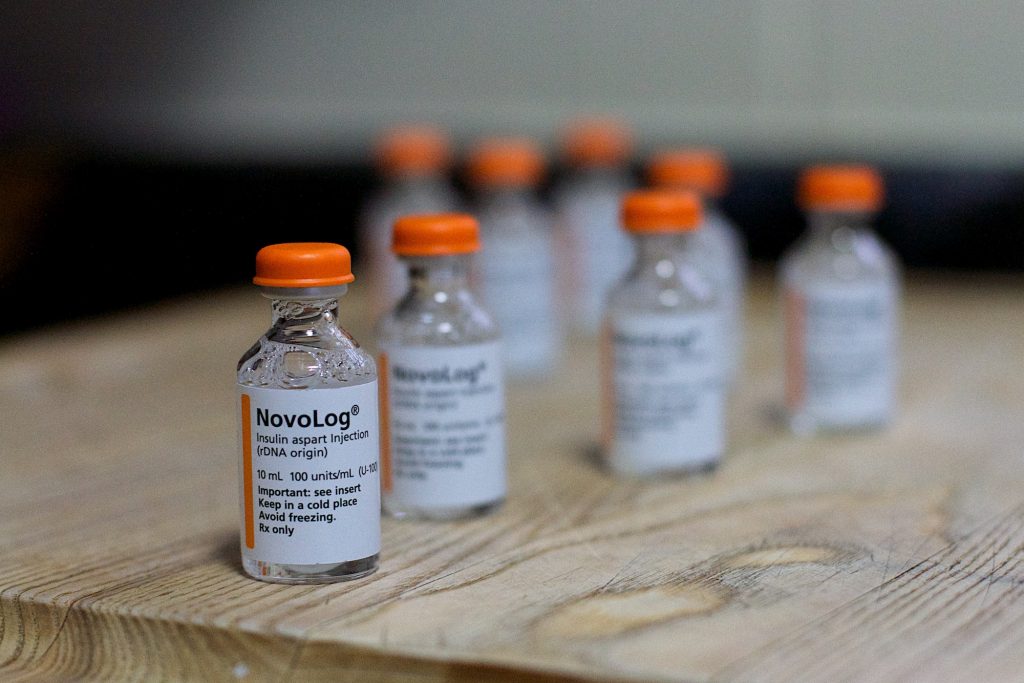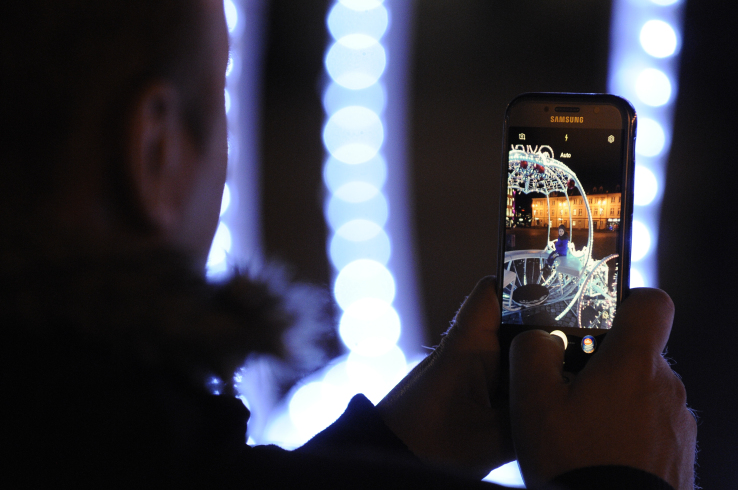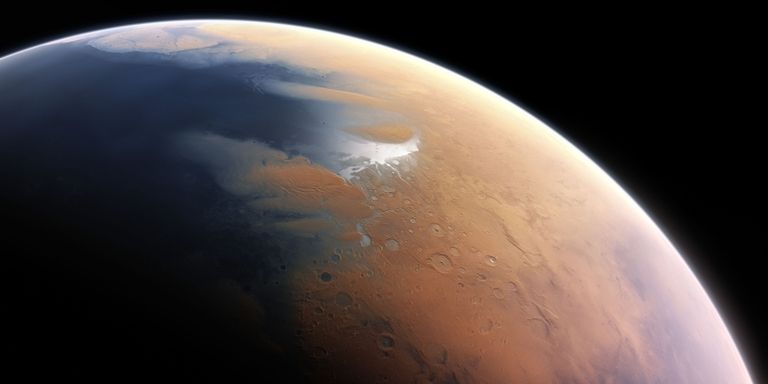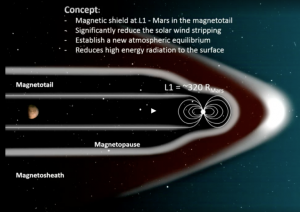Plastics expert Dr. William Carroll of Indiana University says Elon Musk’s Starman Tesla is no match for the rough-and-tumble environment of space.
The real forces that will tear the car apart over hundreds of millions of years in space, Carroll said, are solid objects and — most importantly — radiation.
Even if the car avoids any major collisions, over very long time horizons, it’s unlikely the vehicle could avoid the kind of collisions with micrometeorites that leave other space junk riddled with craters over time, Carroll said.
But assuming those collisions don’t completely tear the car apart, the radiation will.
Down on Earth, a powerful magnetic field and the atmosphere largely protect human beings (and Tesla Roadsters) from the harsh radiation of the sun and cosmic rays. But spacefaring objects have no such protections.
Source: Radiation Will Tear Elon Musk’s Rocket Car to Bits in a Year









